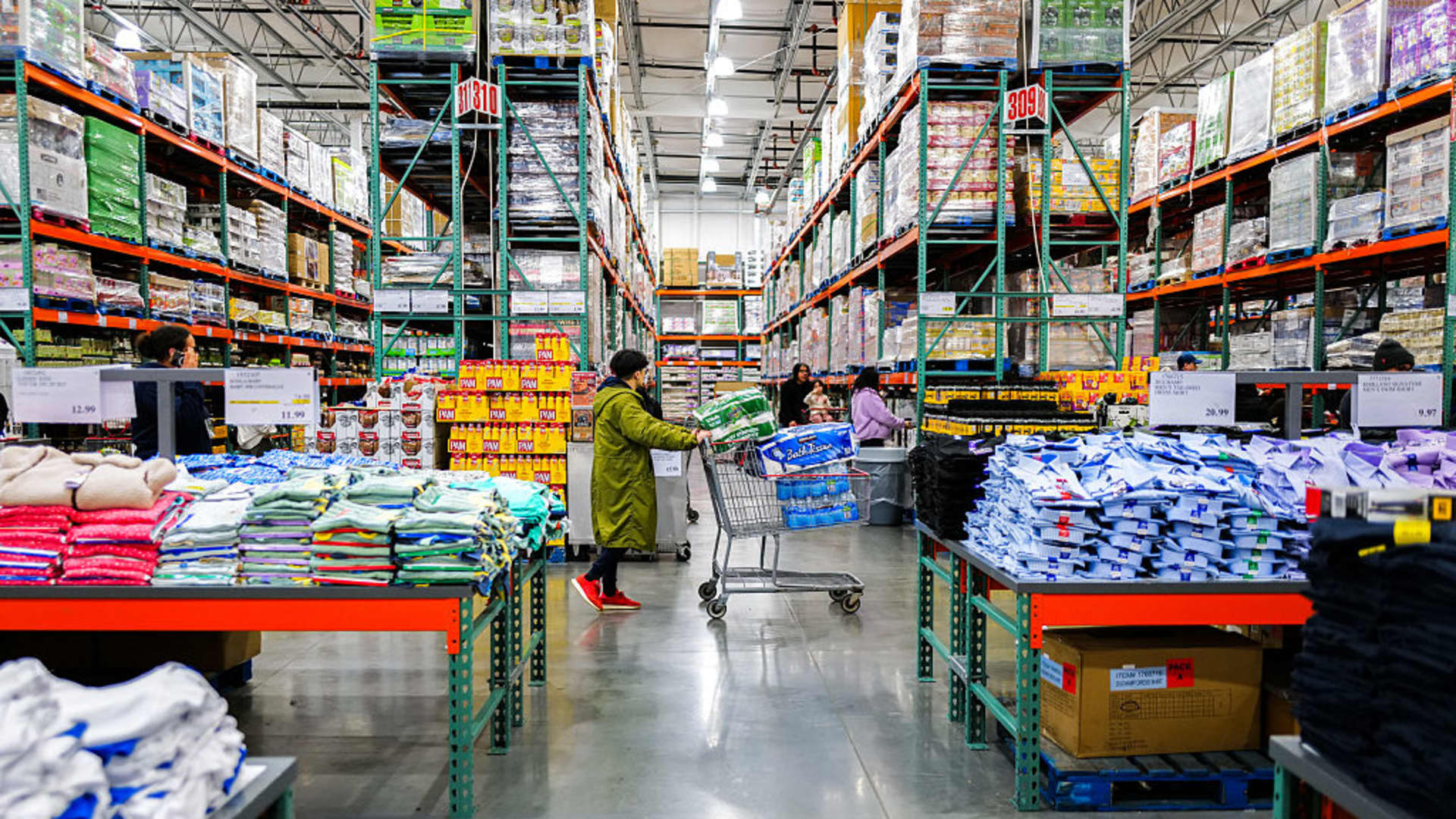Consumer price inflation eased more than expected in March as President Donald Trump prepared to launch tariffs against U.S. trading partners, the Bureau of Labor Statistics reported Thursday.
The consumer price index, a broad measure of goods and services costs across the U.S. economy, fell a seasonally adjusted 0.1% in March, putting the 12-month inflation rate at 2.4%, down from 2.8% in February.
Excluding food and energy, so-called core inflation ran at a 2.8% annual rate, having increased 0.1% for the month. That was the lowest rate for core inflation since March 2021.
Slumping energy prices helped keep inflation tame, as a 6.3% decline in gasoline prices helped drive a 2.4% broader decline in the energy index. Food prices climbed 0.4% on the month. Egg prices rose another 5.9% and were up 60.4% from a year ago.
Moreover, shelter prices, among the most stubborn components of inflation, increased just 0.2% in March and were up 4% on a 12-month basis, the smallest gain since November 2021. Used vehicle prices were off 0.7% while new vehicle costs increased just 0.1%, ahead of tariffs that are expected to hit the auto industry hard.
Airline fares declined 5.3% in March and motor vehicle insurance dropped 0.8% and prescription drugs fell 2%.
Stock market futures indicated a sharply lower open on Wall Street following the release, while Treasury yields also were negative.
The report comes a day after Trump’s stunning reversal of some of his tariff plans as he announced a delay in the most aggressive of the duties put in place against dozens of nations. Instead, Trump let stand a 10% blanket levy on all imports announced last week and set a 90-day window during which the White House will negotiate the higher tariffs.
While Trump campaigned on bringing down inflation, progress had been slow to start 2025.
This is breaking news. Please refresh for updates.
Get Your Ticket to Pro LIVE
Join us at the New York Stock Exchange!
Uncertain markets? Gain an edge with CNBC Pro LIVE, an exclusive, inaugural event at the historic New York Stock Exchange.
In today’s dynamic financial landscape, access to expert insights is paramount. As a CNBC Pro subscriber, we invite you to join us for our first exclusive, in-person CNBC Pro LIVE event at the iconic NYSE on Thursday, June 12.
Join interactive Pro clinics led by our Pros Carter Worth, Dan Niles, and Dan Ives, with a special edition of Pro Talks with Tom Lee. You’ll also get the opportunity to network with CNBC experts, talent and other Pro subscribers during an exciting cocktail hour on the legendary trading floor. Tickets are limited!

 Finance1 week ago
Finance1 week ago
 Personal Finance1 week ago
Personal Finance1 week ago
 Blog Post1 week ago
Blog Post1 week ago
 Economics1 week ago
Economics1 week ago
 Personal Finance1 week ago
Personal Finance1 week ago
 Economics5 days ago
Economics5 days ago
 Accounting5 days ago
Accounting5 days ago
 Economics1 week ago
Economics1 week ago






















